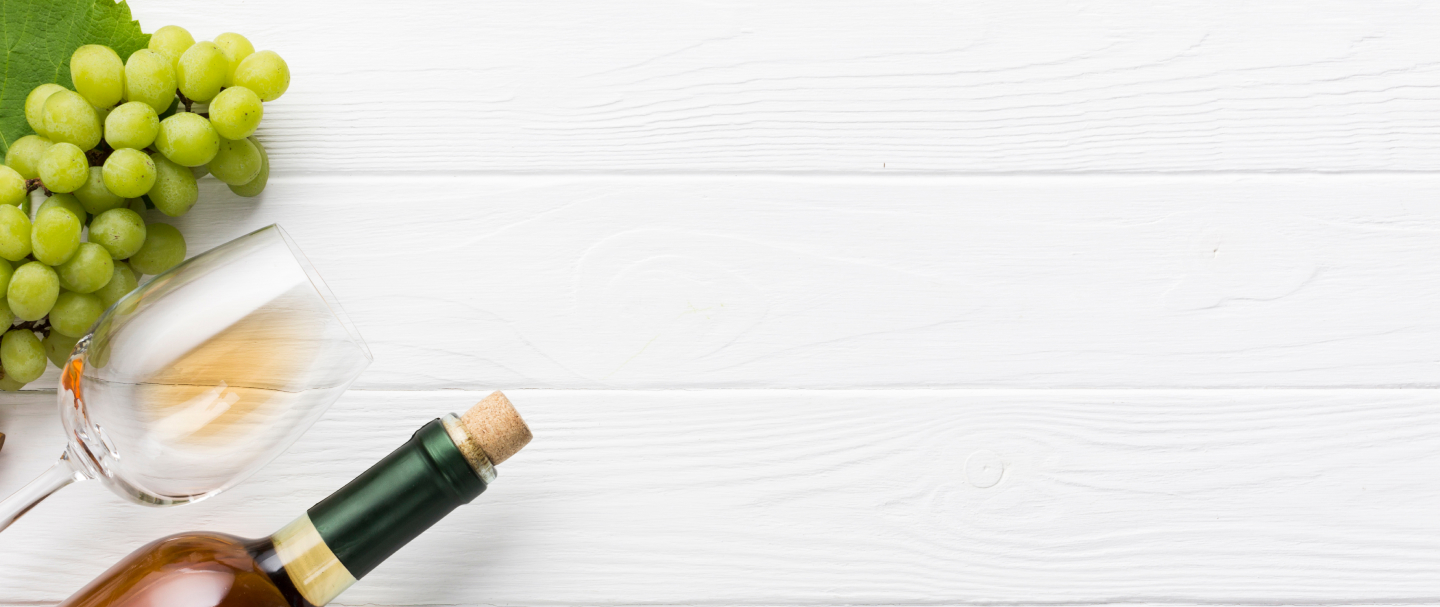Do we ship to you?.
More wines available from Chateau Beychevelle
750ml
Bottle:
$390.15
$433.50
Fully mature, the 1982 Beychevelle is drinking beautifully today, exhibiting sweet aromas of plums, minty cassis,...
Pre-Arrival
Chateau Beychevelle Saint Julien 1990
750ml - 1 Bottle
Bottle:
$251.70
Dark ruby color. Lots of earth, berry and leather aromas. Full-bodied, with chocolate, berry and earth flavors....
750ml
Bottle:
$279.95
Dark ruby color. Lots of earth, berry and leather aromas. Full-bodied, with chocolate, berry and earth flavors....
Pre-Arrival
Chateau Beychevelle Saint Julien 2000
750ml - 1 Bottle
Bottle:
$214.29
If any wine could be described as beautiful, then Beychevelle is beautiful. Its flavors of liquorice and blackcurrant...
Pre-Arrival
Chateau Beychevelle Saint Julien 2001
750ml - 1 Bottle
Bottle:
$151.75
A harmonious balanced wine, showing fine, fresh acidity. The tannins have closed in somewhat, but you can taste the...
More Details
Winery
Chateau Beychevelle

Vintage: 2011
The year 2011 was an interesting year for many northern and central European countries, as the weather was more than unpredictable in the spring and summer. However, in most countries, the climatic conditions thankfully settled down in the late summer and fall. The result of this slightly difficult year of weather in France was a set of surprisingly small yields, but overall, these yields were of a higher quality than those harvested in certain previous years. A fantastic set of wines was also made in Italy and Spain, and the Rioja wines - when released - are set to be very good indeed. Austria also had superb year in 2011, with almost fifty percent more grapes being grown and used for their distinctive Gruner Veltliner wines than in the year before. Possibly the European country which had the finest 2011, though, was Portugal, with wineries in the Douro region claiming this year to be one of the best in decades for the production of Port wine, and the bright, young Vinho Verdes wines.
In the New World, the Pacific Northwest saw some of the best weather of 2011, and Washington State and Oregon reportedly had a highly successful year, especially for the cultivation of high quality red wine grapes. Chile and Argentina had a relatively cool year, which certainly helped retain the character of many of their key grape varietals, and should make for some exciting drinking. South Africa had especially good weather for their white wine grape varietals, particularly Chardonnay and Sauvignon Blanc, and many South African wineries are reporting 2011 as one of their best years in recent memory.

Varietal: Red Bordeaux
The Bordeaux region of France consistently enjoys the reputation of being the finest region for wine making in the world. But what is it that makes this area around the Gironde river so special? The secret lies in their ancient and careful blend of no more than six high quality, flavorful and unique grape varietals. Cabernet Sauvignon, Merlot, Petit Verdot, Cabernet Franc, Malbec and Carménere are all permitted for usage in the production of Bordeaux wines, and the winery carefully considers how to balance the fine points of one varietal against another. Most commonly, Cabernet Sauvignon is used as the main grape varietal, usually with vintners making wines containing upwards of 60% Cabernet Sauvignon grape juices. This varietal lends its big, spicy, fruity flavors and astringent, tannin-heavy character to the mix. Normally, this strong varietal is then tempered and rounded by Merlot, a fleshy, fruity and far lighter bodied grape, containing far fewer tannins and a much brighter flavor The blended wines are normally left to age in oak, where they can continue to work together and produce their wonderful results.

Region: Bordeaux
Of all the wine regions in France, the mostly highly esteemed and famous is surely Bordeaux. Most commonly associated with their superb examples of blended red wines, usually made with a blend of Cabernet Sauvignon, Merlot and Petit Verdot varietals, Bordeaux consistently demonstrates that their mix of traditional and modern wine-making styles is the recipe for fame and success. The region benefits greatly from its humid climate, and the fact that its clay and gravel based soils are perfect for growing the fine grape varietals which flourish there. The region is split into quite distinct sub-regions, with the finest generally believed to be the Left Bank and the Médoc region, where many of the most well known chateaux are based and produce their wonderful red and white wines.

Country: France
It is widely understood and accepted that the finest wines in the world come out of France. Whether you are drinking a vintage bottle from one of the famed Grand Cru wineries of Bordeaux - such as Chateau Margaux or Chateau Lafite-Rothschild - or a more simple and affordable bottle from one of the lesser known appellations in Burgundy, the likelihood is that the wine is packed full of intense and interesting flavors, and has a fine, balanced structure typical of almost all French produce. This reputation for excellence is taken extremely serious by the French, with dozens of regularly updated laws and regulations ensuring the quality and accurate labeling of wines. Such dedication and passion for fine wine, representative of the region in which it is produced, means customers can be assured that when they buy a bottle from France, they are buying something almost certain to please and delight.




